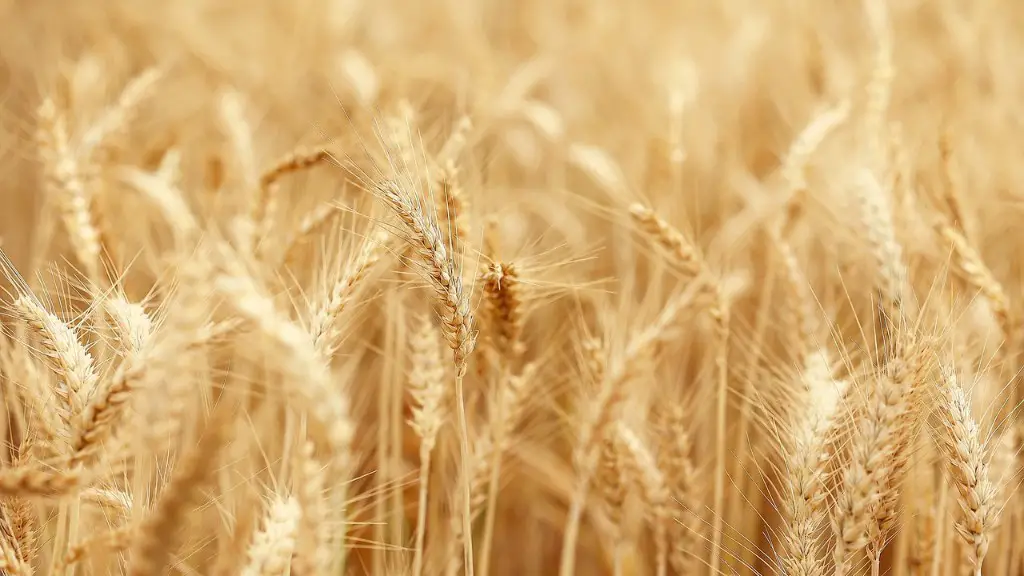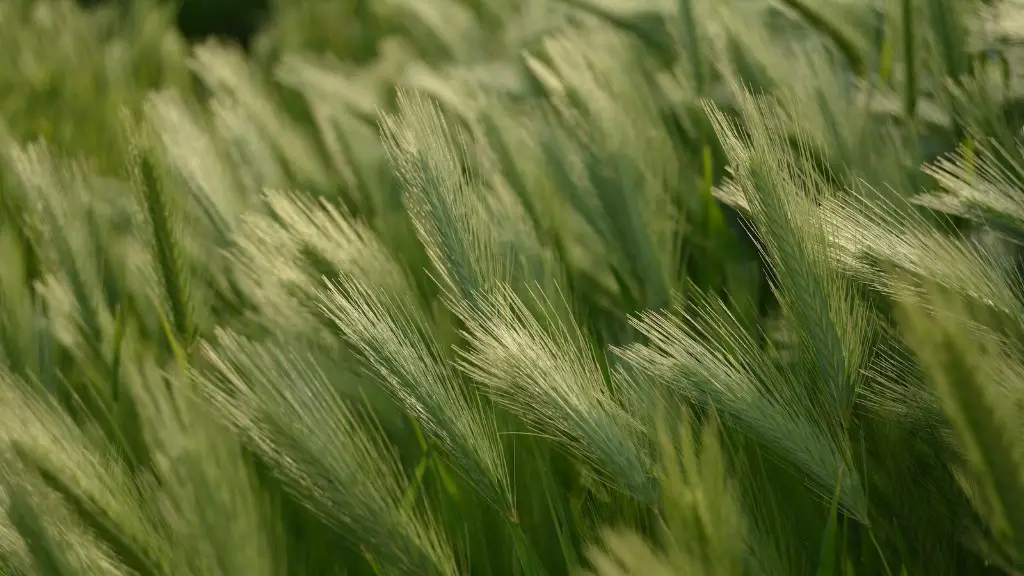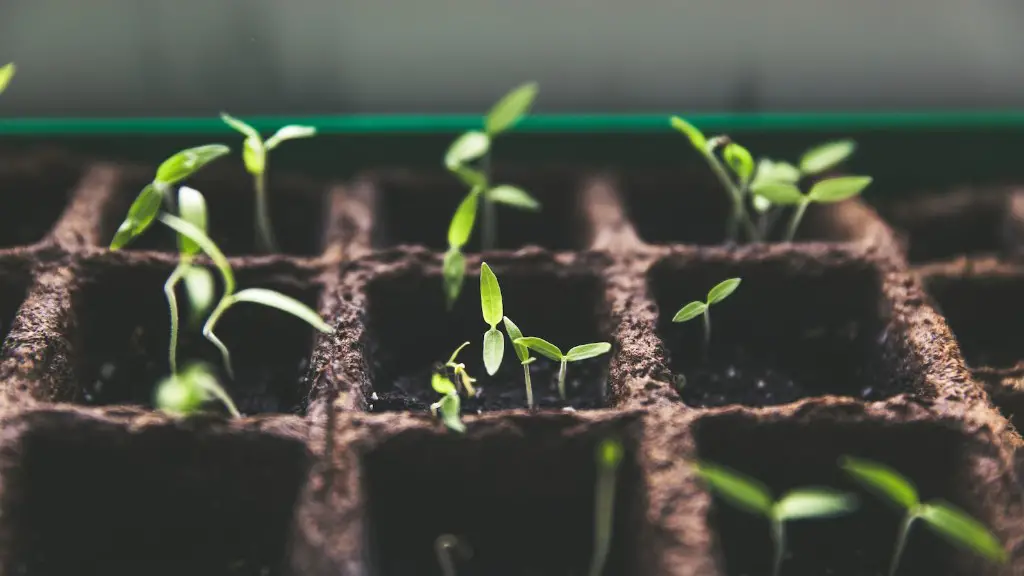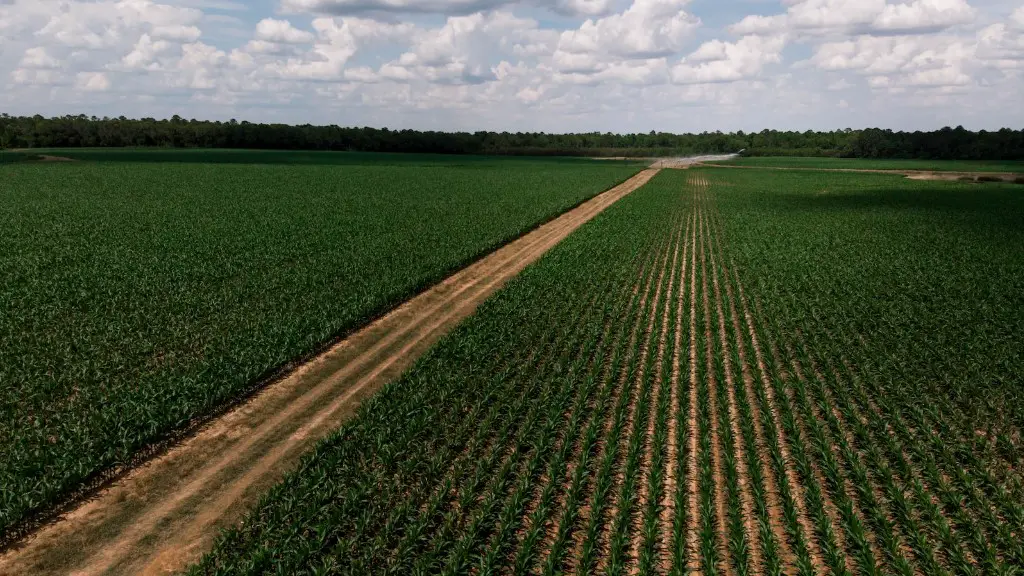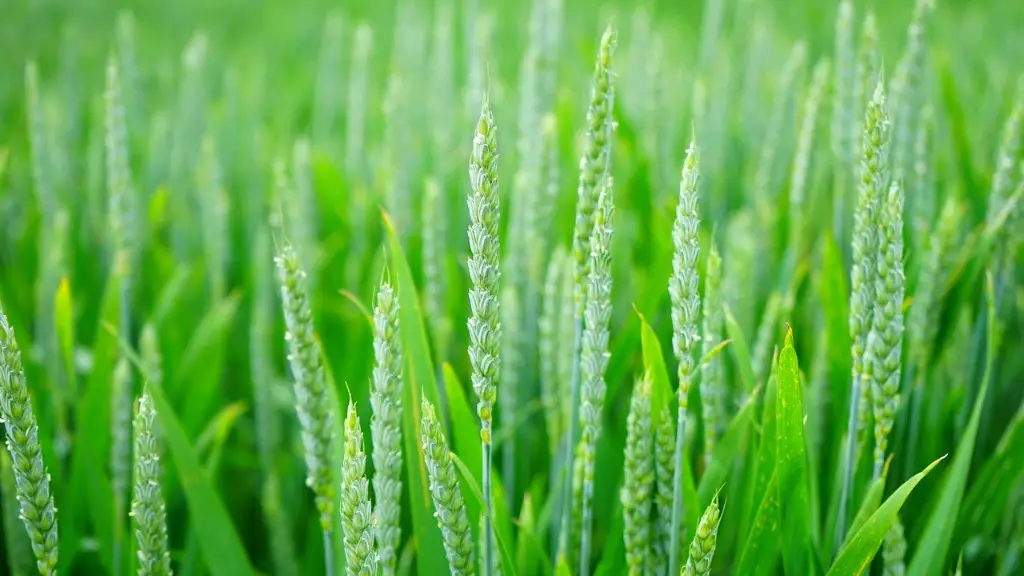The concept of “smart agriculture” has been gaining traction in recent years as a way to increase efficiency and yields in the agriculture industry. Smart agriculture generally refers to the use of technology and data to better manage all aspects of the agriculture production process, from field to table. This includes things like using sensors to track soil moisture levels, using satellite images to predict weather patterns, and using precision farming techniques to target specific areas for watering or fertilizing. By using technology and data to improve decision-making throughout the agriculture production process, smart agriculture has the potential to increase yields while using fewer resources.
Smart agriculture is an emerging field that uses advanced technologies to increase the efficiency and productivity of agricultural systems. It also aims to reduce the negative environmental impact of agriculture and improve the sustainability of food production.
What is the meaning of smart agriculture?
Climate-smart agriculture (CSA) is an approach to managing landscapes—cropland, livestock, forests and fisheries—that address the interlinked challenges of food security and climate change. CSA aims to make agriculture more productive and resilient, while reducing greenhouse gas emissions and enhancing carbon sequestration. CSA is an approach that can be adapted to the specific conditions of different farming systems and regions.
There are many different practices and technologies that can be part of CSA, including:
• Improving water use efficiency
• Enhancing soil health
• Incorporating climate information into decision-making
• Diversifying crops and livelihoods
• Adopting agroforestry and other land-use practices
CSA is an evolving approach, and new practices and technologies are being developed and adopted all the time. To be truly effective, CSA needs to be tailored to the specific conditions and needs of different farming systems and regions.
Smart farming is a term used for various agricultural production systems that integrate information and communication technology (ICT) in order to achieve better utilization of resources from sowing to irrigation, fertilizer and pesticide application, and finally harvesting.
The goal of smart farming is to produce more food with less input, while also protecting the environment. ICT can be used for tasks such as precision farming, where sensors and other technology are used to optimize crop production; climate-smart agriculture, which uses data and technology to help farmers adapt to climate change; and water-smart agriculture, which uses technology to improve irrigation efficiency and reduce water waste.
While smart farming has the potential to greatly improve agricultural productivity and sustainability, it is important to note that the technology is still in its early stages of development and adoption. There are also some potential risks associated with smart farming, such as the potential for data breaches and the concentration of power in the hands of a few large companies.
What are the principles of smart agriculture
Climate-smart agriculture is an increasingly important topic as the world faces the challenges of climate change and food security. Climate-smart agriculture is a pathway towards development and food security built on three pillars: increasing productivity and incomes, enhancing resilience of livelihoods and ecosystems and reducing and removing greenhouse gas emissions from the atmosphere.
There are many potential benefits of climate-smart agriculture, including increased crop yields, improved water management, and enhanced resilience to climate variability and extreme weather events. Climate-smart agriculture can also help to reduce greenhouse gas emissions from the agricultural sector, which is a major contributor to climate change.
However, climate-smart agriculture is not a silver bullet and there are some challenges that need to be addressed. For example, climate-smart agriculture practices need to be tailored to local conditions and needs, and there is a need for greater investment in research and development to scale up successful practices. In addition, climate-smart agriculture will need to be supported by policies and regulations that create an enabling environment for its success.
Overall, climate-smart agriculture is a promising approach to tackling the challenges of climate change and food security. With its potential to increase productivity and incomes, enhance resilience, and reduce greenhouse gas emissions, climate-smart agriculture is an important
Smart farming is an important tool that farmers can use to better understand their production environment and manage resources in a more sustainable manner. By understanding the important factors that affect their farm, such as water, topography, aspect, vegetation and soil types, farmers can make more informed decisions about how to use scarce resources. This can help to improve the efficiency of farm operations and reduce the impact on the environment.
What are the impacts of smart agriculture?
Automation of sowing, treatments and harvesting in the case of agriculture reduces the use of resources. Pest detection and animal health: early detection of infestations in crops or sickness in animals means that their impact on production can be minimized and animal welfare improved.
IoT smart solutions are becoming increasingly popular in the agricultural industry, as they offer a more efficient and effective way to manage various aspects of farming. Here are 7 of the most popular IoT smart solutions being used in agriculture today:
1. Precision Agriculture – Precision agriculture is all about using data and technology to improve yields and decrease inputs costs. IoT sensors can be used to collect data on things like soil moisture, temperature, and crop yields, which can then be used to optimize irrigation, planting, and fertilization.
2. Crop Monitoring – Crop monitoring is another important application of IoT in agriculture. By installing sensors in fields, farmers can remotely monitor things like soil moisture, temperature, and plant growth. This data can be used to improve crop yields and decrease inputs costs.
3. Livestock Monitoring – IoT can also be used to monitor livestock. Sensors can be used to track things like animal location, health, and feed intake. This information can be used to improve animal welfare and decrease inputs costs.
4. Irrigation Management – IoT sensors can be used to monitor soil moisture levels, which can then be used to optimize irrigation. This can help to save water and decrease inputs costs.
5.
What is the problem in smart farming?
A smart agriculture system can help farmers to increase yields and lower costs by automating tasks and using data analytics to make informed decisions. However, there are challenges to implementing such a system, including integrating sensors and tying the sensor data to the analytics driving automation and response activities.
There is a growing interest in sustainable agriculture methods and farming practices as a way to create a more environmentally friendly and sustainable food system. Permaculture, biodynamic farming, hydroponics, and aquaponics are all methods that have been developed with sustainability in mind. Each one has its own unique benefits and drawbacks, so it is important to do some research to find out which method would be best suited for your own farm or garden. Urban agriculture is also a sustainable option for those who do not have access to traditional farmland. Agroforestry and food forests are two newer methods of sustainable farming that are showing promise as a way to create a more diverse and productive landscape.
When did smart agriculture start
Climate Smart Agriculture (CSA) is an approach to guide the management of agriculture in the era of climate change. The concept was first launched in 2009, and since then has been reshaped through inputs and interactions of multiple stakeholders involved in developing and implementing the concept.
CSA is based on the premise that agriculture must become more efficient and resilient in the face of climate change, in order to feed a growing world population. To achieve this, CSA aims to promote and adopt practices that help to mitigate and adapt to the changing climate.
CSA is a holistic approach that considers the entire agricultural system, from production to consumption. It aims to optimize the use of resources, reduce greenhouse gas emissions, and improve the resilience of agriculture to climate change.
While the concept of CSA is still evolving, it has the potential to transform the way we produce and consume food, making agriculture more sustainable in the face of a changing climate.
Sustainable agriculture is agriculture that meets the needs of the present generation without compromising the ability of future generations to meet their own needs. It is a system of producing food, fiber, or other plant or animal products using techniques that protect the environment, public health, human communities, and animal welfare.
What are 3 benefits of agriculture?
Agriculture is the backbone of human civilisation. It is the foundation upon which our societies have been built, and it continues to be the source of sustenance for billions of people around the world. The basic needs for human survival; food, shelter, and clothing, are all dependent on agriculture for their production. Raw materials such as crops for food, silk for cloth, and wood for shelter, all come from agriculture.
Agriculture has always been an essential part of human society, but its importance has become even greater in recent years as the world’s population has exploded. With more mouths to feed than ever before, we rely on agriculture to produce the food that keeps us alive. And as the demand for housing and other construction materials continues to grow, we rely on agriculture to provide the raw materials that are used to build our homes and other structures.
We must never take agriculture for granted. It is the foundation of our way of life, and without it, we would not be able to survive.
If you’re looking to take your farming operation to the next level, there are a few things you can do to make it happen. One is to start using more advanced equipment. This could mean investing in a harvester or other machines that can help make your work easier and more efficient.
Another important step is to get insured. This will protect you and your equipment in the event of an accident or other issue. And finally, be sure to keep your land and livestock in good condition. This will help ensure a smooth and successful farming operation.
What are 3 challenges facing agriculture in the future
Farmers and livestock producers are facing a lot of uncertainty right now with regards to trade, taxes, and the new farm bill. It’s important to stay up to date on all developments in these areas in order to make the best decisions for your business.
Technology is playing an increasingly important role in sustainable farming practices. One area where this is evident is in the development of smart farming technology. This technology is used to help farmers better understand and manage their land use. This ultimately leads to more sustainable farming practices, such as grazing and crop rotation. By using this technology, farmers can ensure that their land will be able to support farming into the future.
What are the 7 types of agriculture?
Dairy Farming: Dairy farming is a type of agriculture that involves the raising of cattle for the purpose of producing milk and other dairy products.
Commercial Farming: Commercial farming is a type of agriculture that is devoted to the production of crops and livestock for sale, rather than for the farmer’s own consumption.
Plantation Farming: Plantation farming is a type of agriculture that involves the cultivation of crops on a large scale, usually for the purpose of export.
Commercial Grain Farming: Commercial grain farming is a type of agriculture that is devoted to the production of wheat, corn, and other grains for sale, rather than for the farmer’s own consumption.
Commercial Mixed Farming: Commercial mixed farming is a type of agriculture that involves the raising of both crops and livestock for sale.
Primitive Subsistence Farming: Primitive subsistence farming is a type of agriculture that involves the raising of crops and livestock for the sole purpose of supporting the farmer and his family.
Intensive Subsistence Farming: Intensive subsistence farming is a type of agriculture that involves the raising of crops and livestock on a small plot of land with the sole purpose of supporting the farmer and his family.
Agricultural practices are vital to ensure a good yield. The 7 steps involved in agricultural practices are mentioned below:
1. Ploughing: This is the first step and is done to loosen the soil and prepare it for planting.
2. Sowing: The next step is to sow the seeds. This is done by placing the seeds in the soil at the right depth and spacing.
3. Adding nutrients: This step involves adding essential nutrients to the soil. This can be done through the use of fertilizers.
4. Irrigation: This step involves providing water to the plants. This can be done through the use of irrigation systems.
5. Protecting plants: This step involves protecting the plants from pests and diseases. This can be done through the use of pesticides and herbicides.
6. Harvesting: This step involves harvesting the crops when they are ready. This is done by using the appropriate machinery.
7. Storage: This step involves storing the crops properly. This is done to prevent them from becoming damaged or spoiled.
Warp Up
Smart agriculture is a term used to describe the use of technology to improve the efficiency and productivity of agriculture. It includes the use of sensors and digital devices to collect data, as well as the use of advanced analytics and artificial intelligence to turn that data into actionable insights.
Smart agriculture is a term that is used to describe various types of agricultural practices that make use of modern technology in order to increase yields, decrease costs, and improve sustainability.
